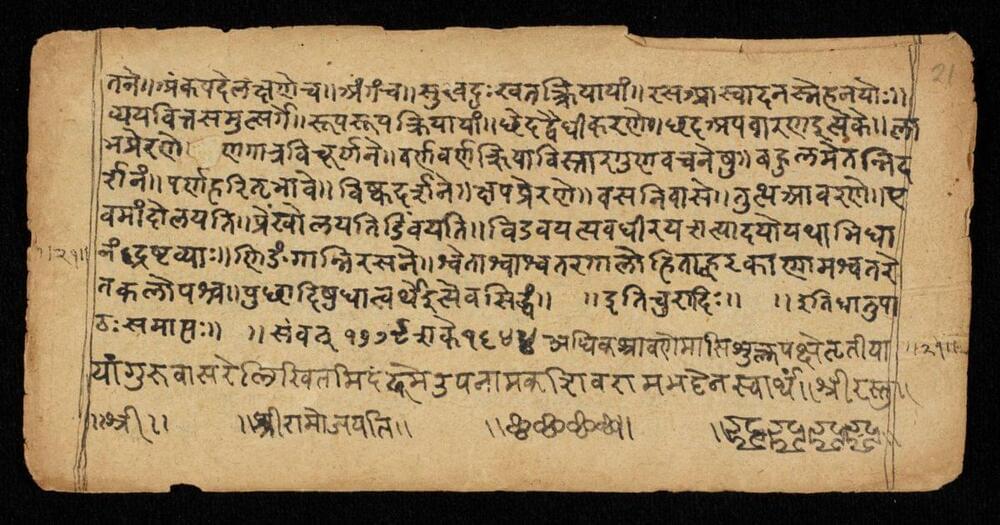These stylistic choices make the Aṣṭādhyāyī shorter and easier to memorize than it would be otherwise — some historians believe it was initially composed orally — but also incredibly dense. That density leads to rule conflicts, in which two rules may apply simultaneously to the same word yet produce different outcomes.
Pāṇini did provide a meta-rule to solve such conflicts. According to traditional scholarship, this meta-rule states that “in the event of a conflict between two rules of equal strength, the rule that comes later in the serial order of the Aṣṭādhyāyī wins.”
Seems simple enough. But when applied, this meta-rule yields many exceptions. To correct those exceptions, scholars have for centuries created their own meta-rules. However, those meta-rules yielded even more exceptions, which required the creation of additional meta-rules (meta-meta-rules?). Those meta-rules in turn created even more exceptions — and you see where this is going.
